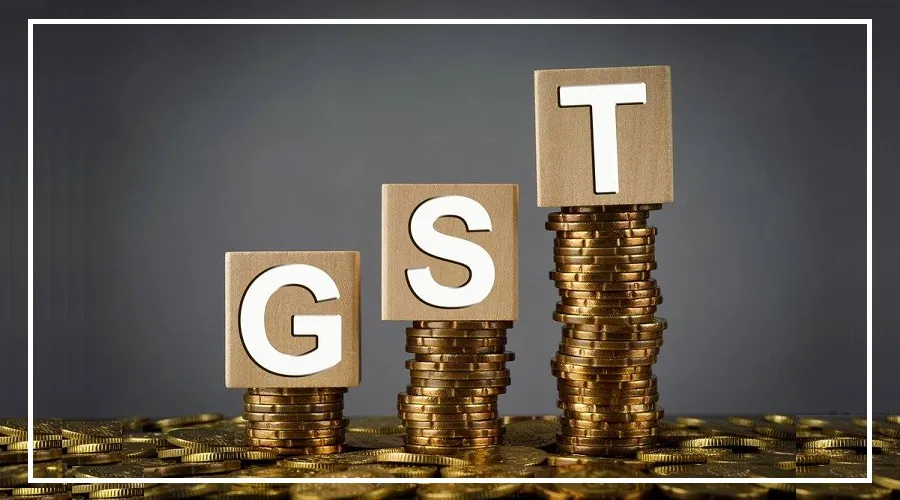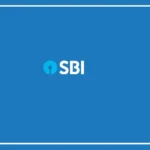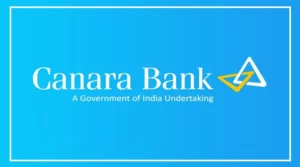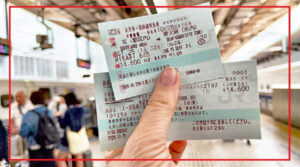The Indian government is considering a major change in the Goods and Services Tax (GST) system, which could bring big relief to middle- and low-income groups.
The main idea is to reduce GST on essential items from 12% to 5%, or to completely remove the 12% GST slab.
Relief for the Common People
According to sources, most items in the 12% GST category are everyday goods widely used by middle-class and economically weaker families. Reducing GST to 5% on these goods aims to:
Bring down the prices of essential items
Reduce inflation pressure
Make household expenses more affordable
Another option being considered is removing the 12% slab and shifting items to either the 5% or 18% tax categories.
These Items May Get Cheaper
| Item | Current GST | Proposed GST | Impact |
|---|---|---|---|
| Toothpaste, Tooth powder | 12% | 5% | Cheaper |
| Sanitary napkins | 12% | 5% | Cheaper |
| Umbrellas | 12% | 5% | Cheaper |
| Sewing machines | 12% | 5% | Cheaper |
| Pressure cookers, kitchen utensils | 12% | 5% | Cheaper |
| Electric irons | 12% | 5% | Cheaper |
| Geysers | 12% | 5% | Cheaper |
| Small-capacity washing machines | 12% | 5% | Cheaper |
| Bicycles | 12% | 5% | Cheaper |
| Readymade garments (over ₹1,000) | 12% | 5% | Cheaper |
| Footwear (₹500–1,000) | 12% | 5% | Cheaper |
| Stationery items | 12% | 5% | Cheaper |
| Vaccines | 12% | 5% | Cheaper |
| Ceramic tiles | 12% | 5% | Cheaper |
| Agricultural tools | 12% | 5% | Cheaper |
| Condensed milk, butter, cheese | 12% | 5% | Cheaper |
| Nuts and dried dates | 12% | 5% | Cheaper |
| Tableware and kitchenware of wood | 12% | 5% | Cheaper |
| Building bricks | 12% | 5% | Cheaper |
| Hand bags and shopping bags (cotton/jute) | 12% | 5% | Cheaper |
| Idols made of wood, stone, or non-precious metals | 12% | 5% | Cheaper |
| Rubber bands | 12% | 5% | Cheaper |
| Packed and labelled tender coconut water | 12% | 5% | Cheaper |
| Diabetic foods | 12% | 5% | Cheaper |
| Packed drinking water (20L bottles) | 12% | 5% | Cheaper |
Political and Economic Importance
This change is being discussed in an election year and could help the government gain public support. The proposed GST changes aim to:
Improve people’s confidence in the government
Address the issue of rising inflation
Show that the government supports the middle class
If approved, this would be the biggest change in GST since it was introduced in 2017.
GST Council to Decide
The final decision will be made by the GST Council, led by the Union Finance Minister and including state finance ministers. The Council’s 56th meeting is expected later this month, and it requires a 15-day notice in advance.
This meeting will decide:
Whether the 12% GST slab stays or is removed
Which items will move to the 5% category
Whether some goods will shift to a higher 18% slab
Impact on Families and Markets
If the proposal is approved:
Essential items will become more affordable
Consumers will have more spending power
Demand for these goods may increase in the market
This tax reform could become both an economic and political strategy to offer real benefits to millions of Indian families.
























